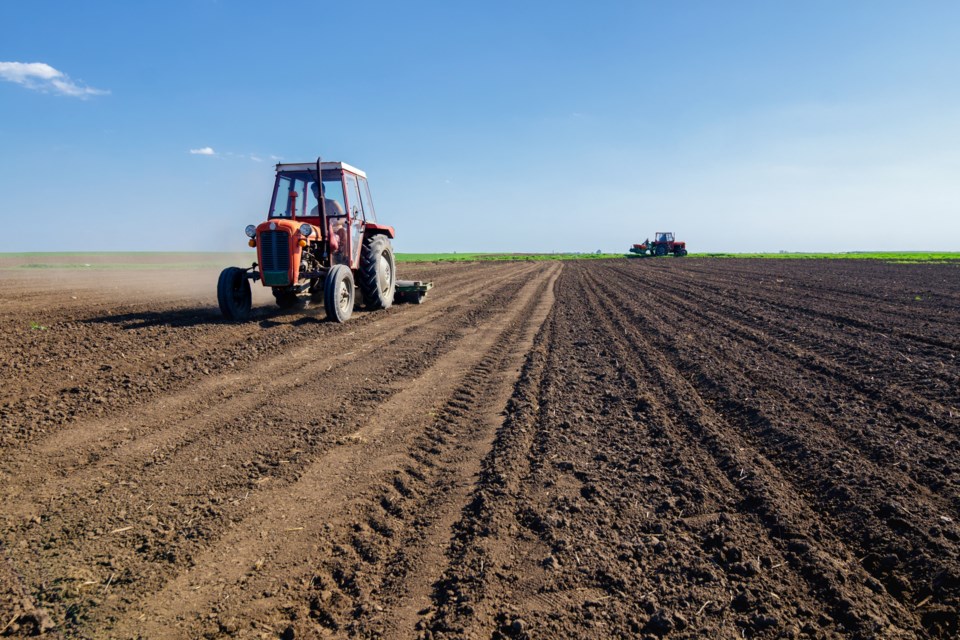WEYBURN - With seeding complete in the southeast, producers are now evaluating their planted crops, according to the crop report for the period of June 13 to 19. Two per cent of acres in the southeast have gone unseeded due to excess moisture early the season. There is some localized flooding in the region and currently two per cent of seeded crops are flooded. Even with the localized flooding, 31 per cent of seeded acres, 32 per cent of forages and 29 per cent of pasture acres are experiencing dry conditions causing environmental stress on the plants.
Crops are at normal stages of development for this time of year. Fall cereals are the most advanced in development, with 23 per cent of crop ahead of normal for the year. Oilseeds are the furthest behind in the region, with 32 per cent of the crop behind normal. Rainfall benefited moisture conditions this week. Topsoil moisture is rated as four per cent surplus, 71 per cent adequate, 24 per cent short and two per cent very short. Notable rain events for the week include 26 mm in Alida and 27 mm in Radville.
The rain from the week also helps with topsoil moisture for hay and pastures. Hay and pasture land is rated at one per cent surplus, 54 per cent adequate, 43 per cent is short and two per cent is very short. Livestock producers are also closely monitoring their water supply for the summer. Thirty-three per cent of producers are experiencing moderate water shortages already, while 67 per cent are anticipating water shortages this year.
Producers are busy with in-crop spraying, scouting their fields, monitoring their pastures, getting ready for haying and working cattle. Grasshopper pressure is currently a concern for many in the region.



